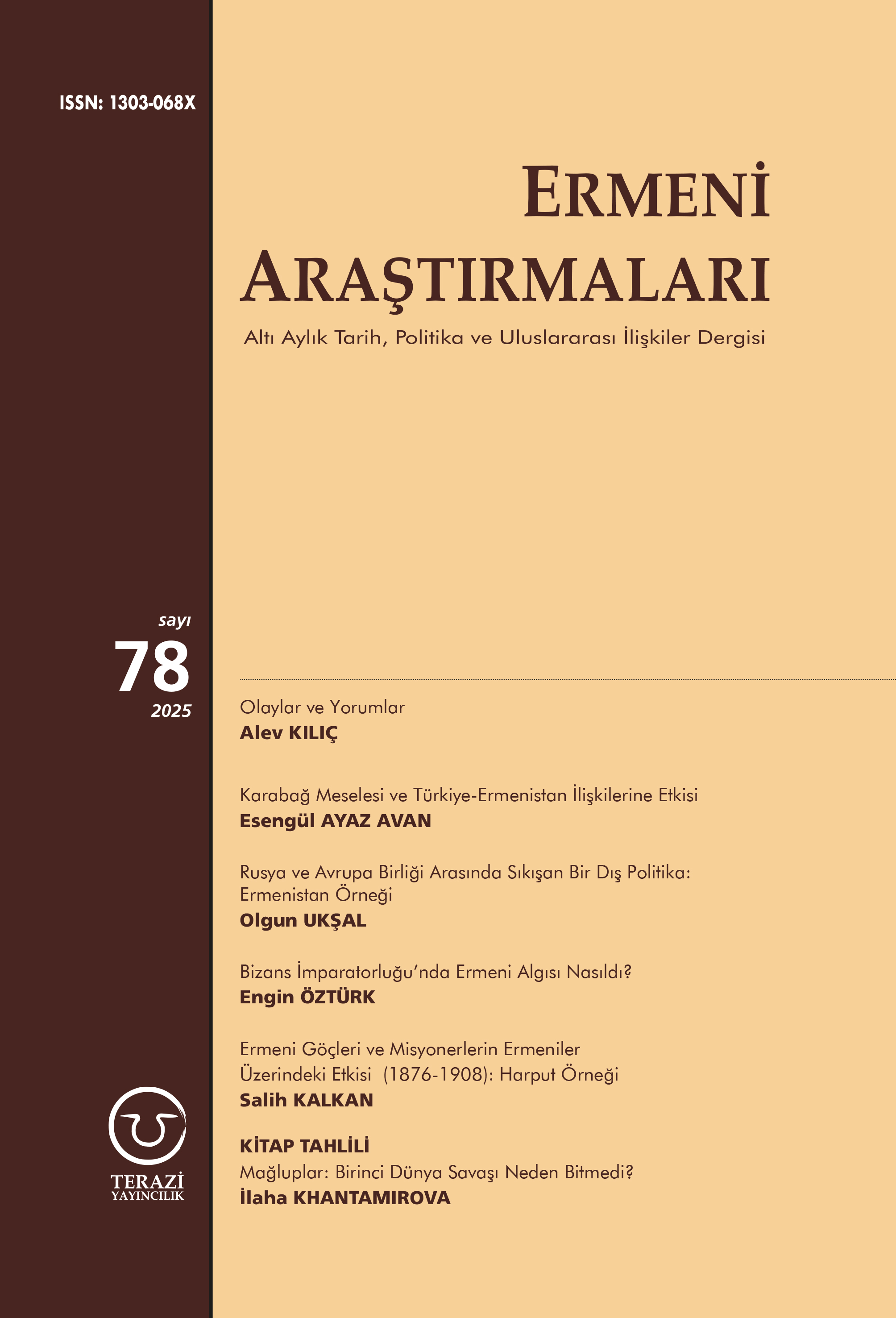EurActiv (25 September 2018)
The gap between rich and poor in Europe has increased compared to thirty years ago, affecting young cohorts in particular. Yet the social protection systems currently in place across European countries were designed during the past century and are no longer fit for the present, argues Cyril Muller.
Almost 20 years ago, Frances Stewart, professor of development economics at the University of Oxford, wrote about the impact of inequalities between groups in society, and how they insidiously erode social cohesion. Professor Stewart reminded us that “an intrinsic part of human life is group membership; in fact, it is this that makes up the identity of the individual.”
This is especially relevant today as we examine rising inequality and strained social cohesion in Europe and Central Asia. Captured by indexes such as the Gini coefficient, the gap between the rich and poor individuals has increased, compared with thirty years ago. And, using tax data, we see the concentration of incomes at the top has dramatically increased. This has contributed to declining trust among citizens in institutions and governments.
When it comes to inequality between groups, three factors matter most: the occupations people hold, how old they are, and where they live within countries. Inequality is linked to employment, demography and geography.
In terms of jobs, technological change, together with a significant increase in trade openness, has influenced industries and workers in very different ways in recent decades. Some have thrived, but others face significant strain. Entire sectors have lost importance and many occupations are disappearing.
A particularly striking trend is the shrinking share of routine, task–intensive occupations, which are typically held by middle-class workers. In just over a decade, this share fell from around 40% to around 33%. Workers in these types of occupations do not easily transition to other jobs, and so their livelihoods are jeopardized.
For individuals who do find a different job, it is often less well-paid, or part-time, with pay cuts averaging 30 percentage points. The loss of long-held occupations for middle-class workers means lower earnings – and loss of security and identity.
Transformations in the labour market have not only affected occupationalgroups but also generated rifts between generations. Younger cohorts include a larger share of people who are unemployed or in low-quality jobs.
For example, in 2015, temporary contracts represented close to 50% of employment among workers aged 15–24 years in France and the Netherlands, compared with around 20% among the overall population in both countries.
Young people will likely have to work more years and will likely have less savings to finance retirement, despite longer work histories compared with earlier generations.
For these younger workers, lower earnings and fewer old-age income prospects imply a widening intergenerational divide. Indeed, the life experiences of young and old cohorts today are starkly different, as if they were living in different countries. This wider income dispersion is a sign of greater insecurity and vulnerability.
Taking a geographic perspective, we see that differences in income levels and poverty rates have persisted – or even increased – between regions in many countries. In the European Union, for example, income inequality between regions in some countries is today 10% higher than it was in the year 2000, while income inequality between countries is 20% lower.
Because society’s poorest citizens often have no access to formal insurance, they rely heavily on local family networks to provide informal protection – following home damage, loss of income, for example. As such, they are less inclined to leave their native regions, which might explain why we are seeing a rise in the concentration of poverty in some regions.
In Armenia, for example, the difference in poverty rates between the less well-off regions and the more well-off ones rose from 25 percentage points to 38 percentage points between 2005 and 2014.
Social and economic tensions—between workers, between generations, and between regions— impact citizens’ day-to-day lives and their sense of well-being. While one might argue that countries in Europe and Central Asia are well-equipped to deal with such tensions, given their long experiences with social welfare institutions, we must remember that these institutions were designed during a very different economic environment.
In many countries today, the bulk of social protection and pension benefits are available to those with long and stable employment histories – but younger generations, in particular, do not have such histories.
Since the 1980s, tax systems have increasingly penalised younger cohorts. In the early 2010s, when flat tax regimes were introduced in some Eastern European countries, the average tax rate for 18 to 24-year-old taxpayers rose by about 10 percentage points, while it decreased for individuals aged 35 to 44 years.
We know there is no quick fix. But passively compensating individuals, while trying to curb the trends – by preventing trade or rejecting new technologies – has not worked in the past and will not work in the future.
Our new report proposes three overall policy principles to help address rising inequality and increased vulnerability in society.
This approach would promote equal protection of all workers, regardless of their type of employment; encourage the universal provision of social assistance, social insurance, and basic quality services; and improve the fairness of the tax system by supporting progressivity of a broad tax base that complements labour income taxation with the taxation of capital.
And, hopefully, this research and analysis will help countries level the playing field and unleash greater economic opportunity for all citizens – regardless of their occupation, age, gender or location.
No comments yet.
- BOSNIA RISKS HEADING TOWARDS FRAUDULENT ELECTION The Balkans 25.09.2018
-
 TURKMEN LEADER ANNOUNCES CANDIDACY FOR IRAQI PRESIDENCY
Iraq
25.09.2018
TURKMEN LEADER ANNOUNCES CANDIDACY FOR IRAQI PRESIDENCY
Iraq
25.09.2018
- RISING INEQUALITY CALLS FOR A NEW SOCIAL CONTRACT Europe - EU 25.09.2018
- NO CHANCE OF MEETING EU RENEWABLE GOALS IF INFRASTRUCTURE NEGLECTED Europe - EU 25.09.2018
- IRAQ'S SOUTHERN CRUDE OIL EXPORTS APPROACH RECORD Iraq 25.09.2018
-
25.01.2016
THE ARMENIAN QUESTION - BASIC KNOWLEDGE AND DOCUMENTATION -
12.06.2024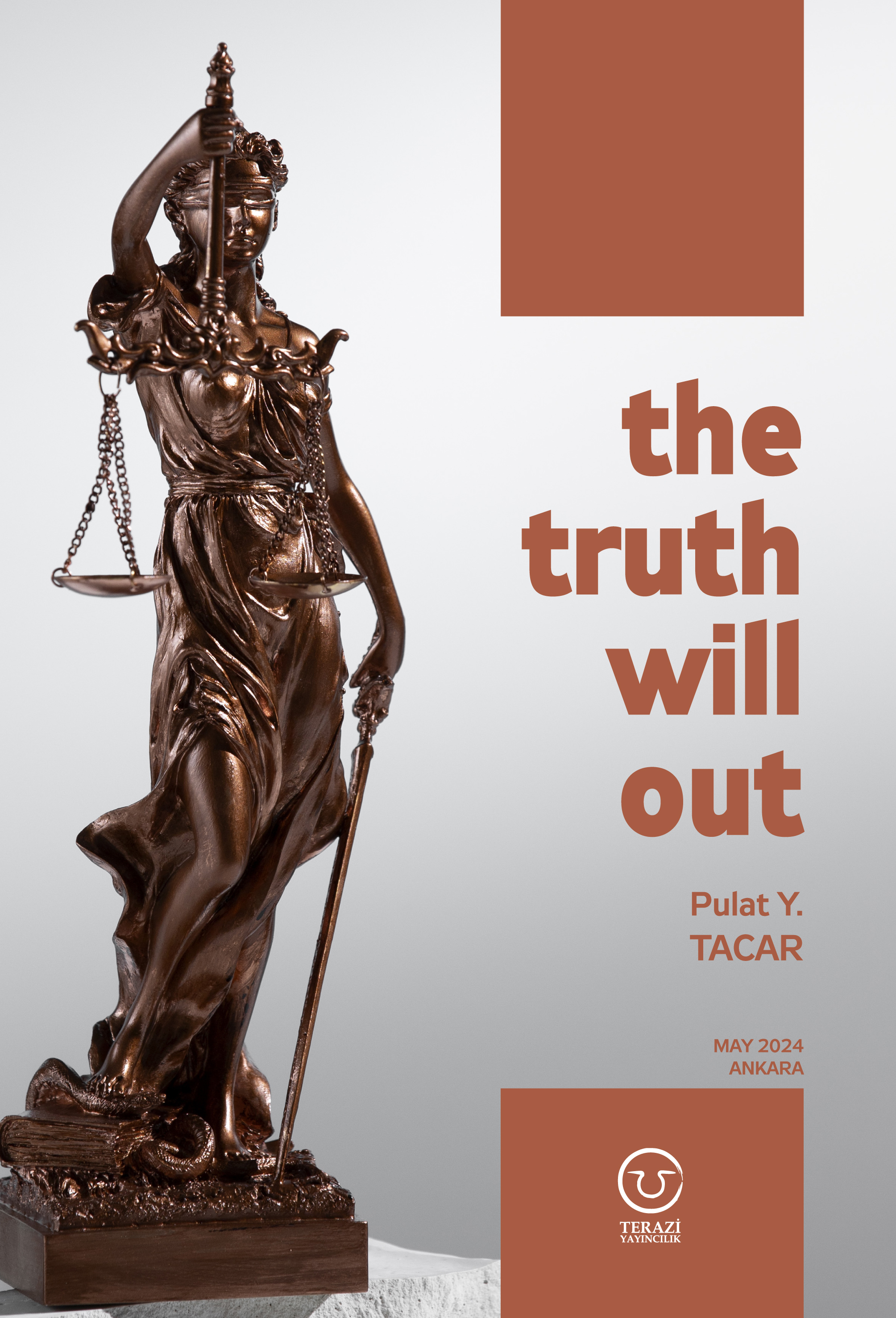
THE TRUTH WILL OUT -
27.03.2023
RADİKAL ERMENİ UNSURLARCA GERÇEKLEŞTİRİLEN MEZALİMLER VE VANDALİZM -
17.03.2023
PATRIOTISM PERVERTED -
23.02.2023
MEN ARE LIKE THAT -
03.02.2023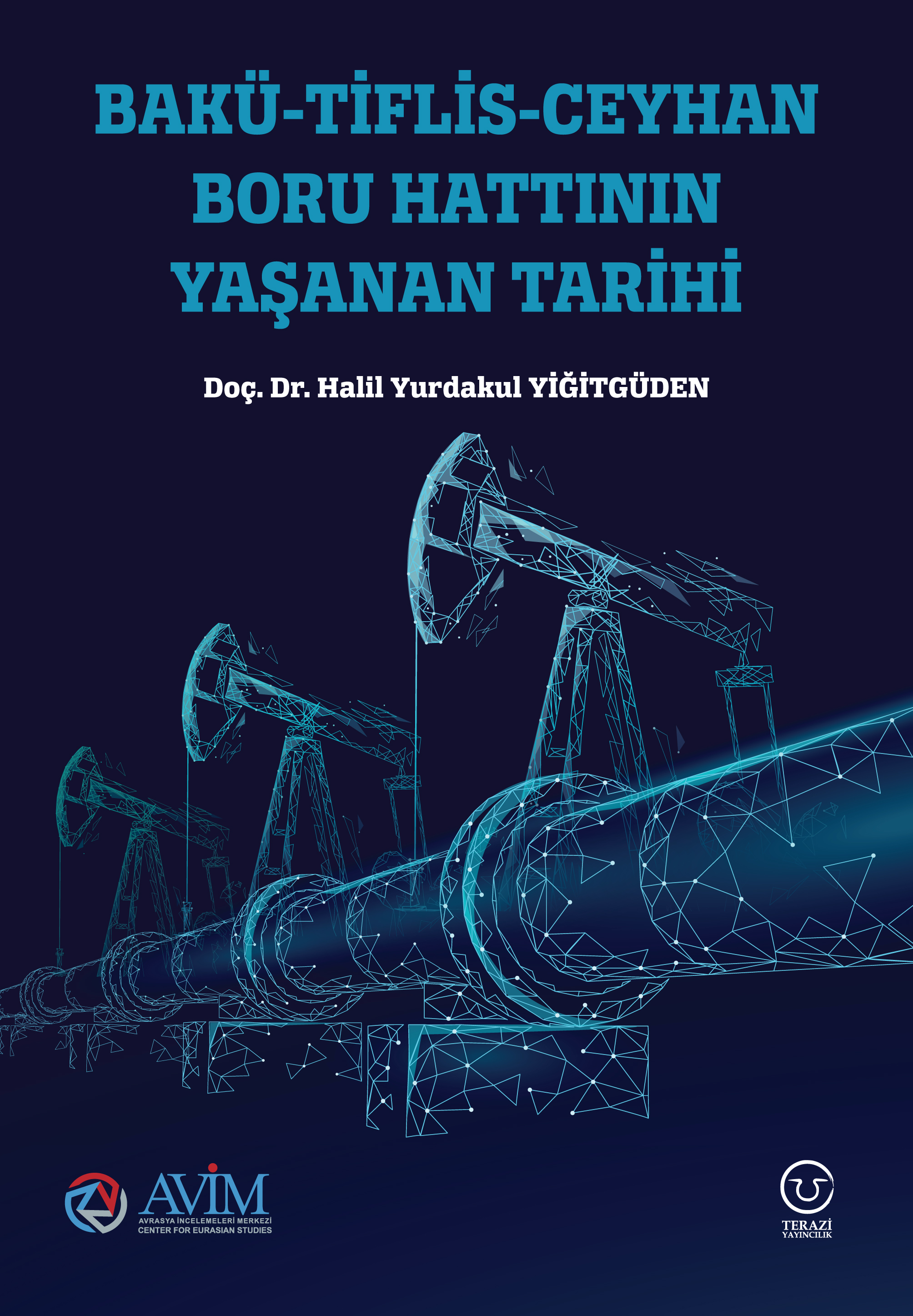
BAKÜ-TİFLİS-CEYHAN BORU HATTININ YAŞANAN TARİHİ -
16.12.2022
INTERNATIONAL SCHOLARS ON THE EVENTS OF 1915 -
07.12.2022
FAKE PHOTOS AND THE ARMENIAN PROPAGANDA -
07.12.2022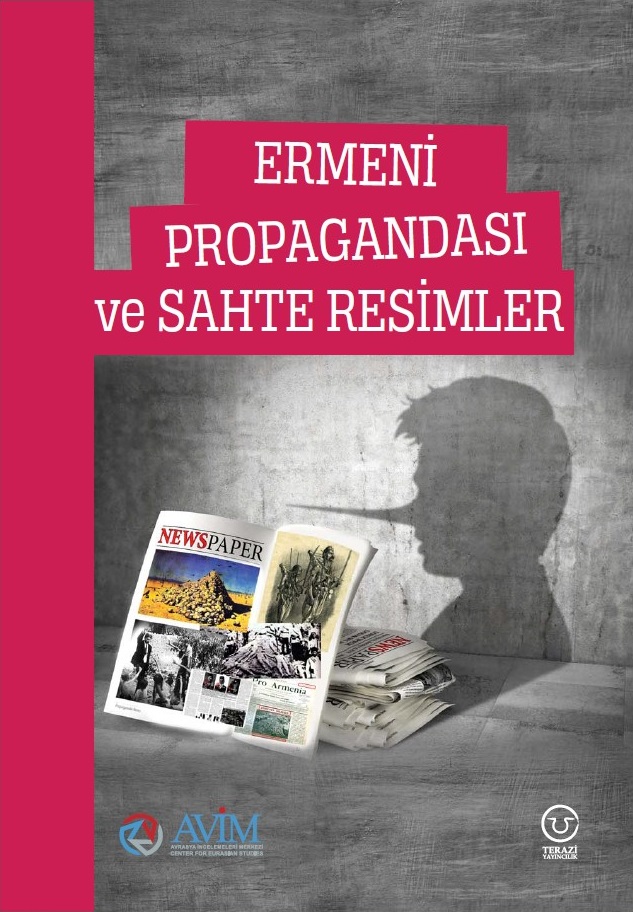
ERMENİ PROPAGANDASI VE SAHTE RESİMLER -
01.01.2022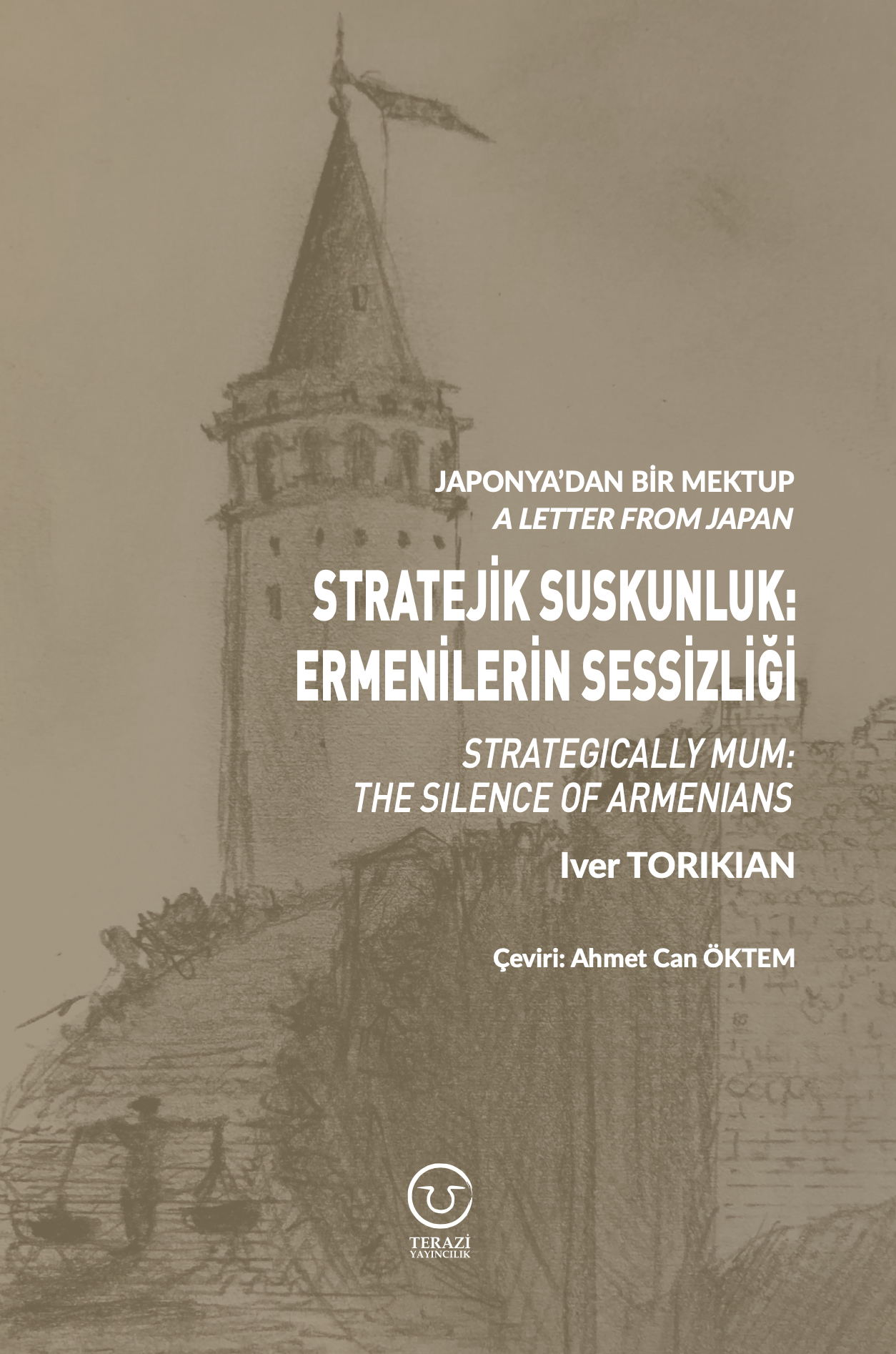
A Letter From Japan - Strategically Mum: The Silence of the Armenians -
01.01.2022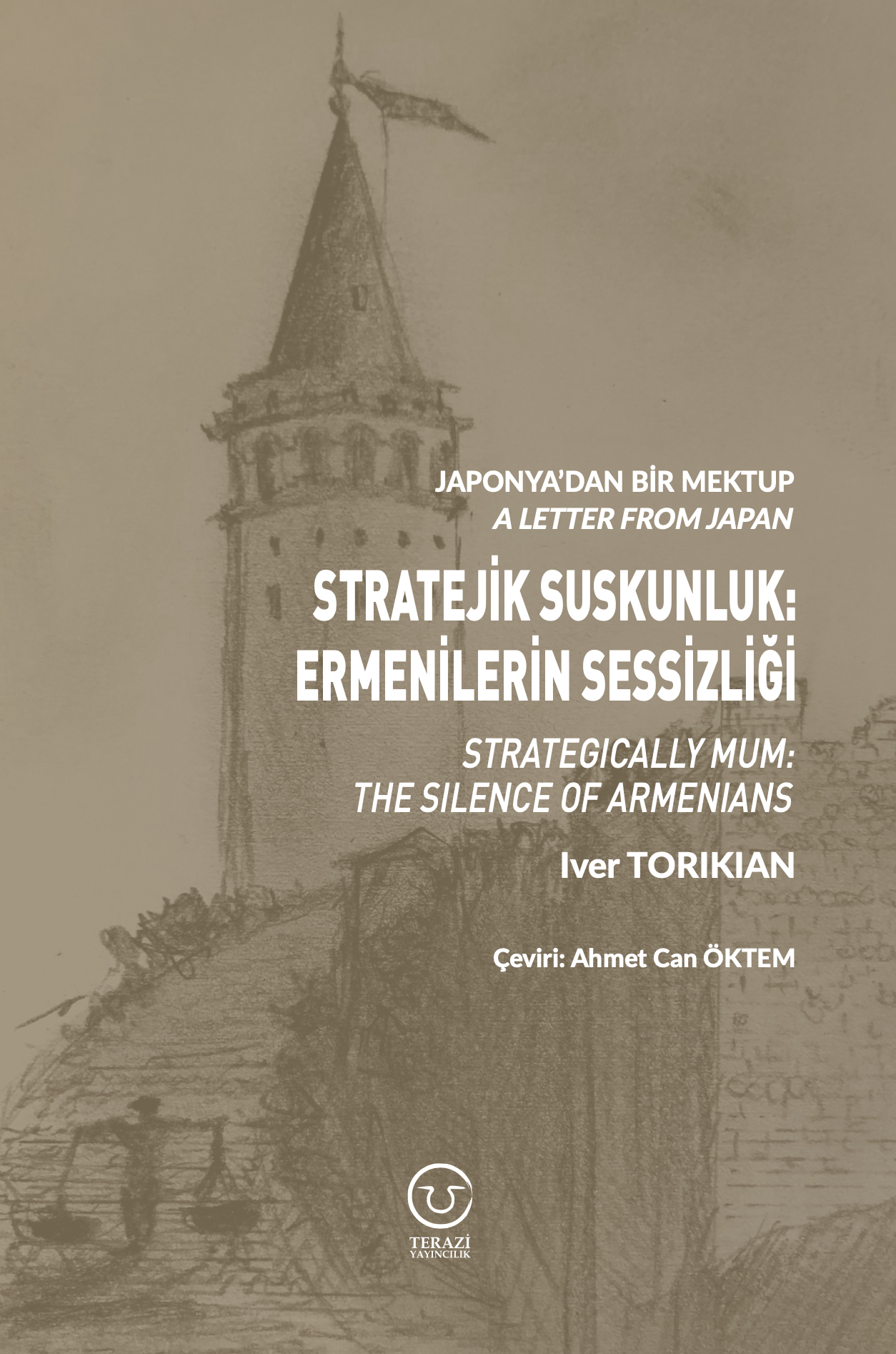
Japonya'dan Bir Mektup - Stratejik Suskunluk: Ermenilerin Sessizliği -
03.06.2020
Anastas Mikoyan: Confessions of an Armenian Bolshevik -
08.04.2020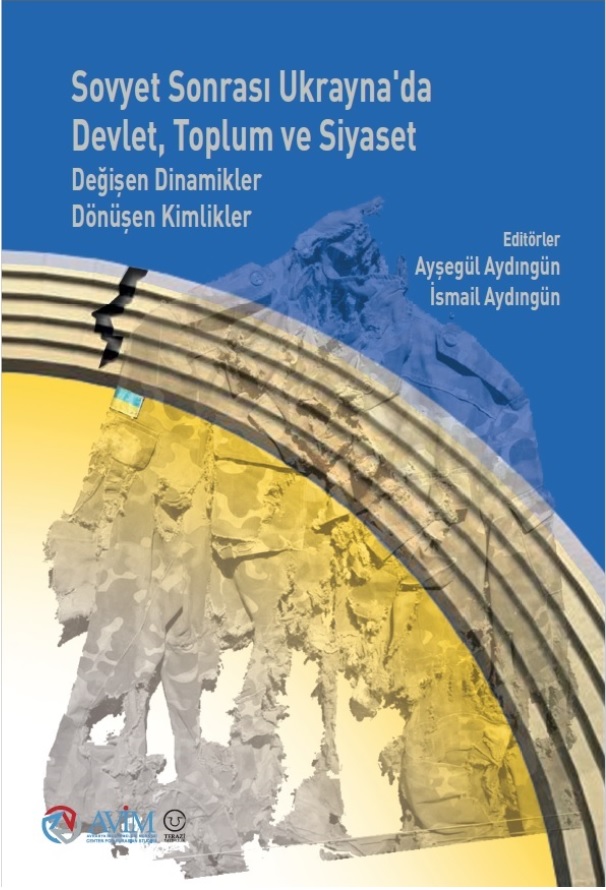
Sovyet Sonrası Ukrayna’da Devlet, Toplum ve Siyaset - Değişen Dinamikler, Dönüşen Kimlikler -
12.06.2018
Ermeni Sorunuyla İlgili İngiliz Belgeleri (1912-1923) - British Documents on Armenian Question (1912-1923) -
02.12.2016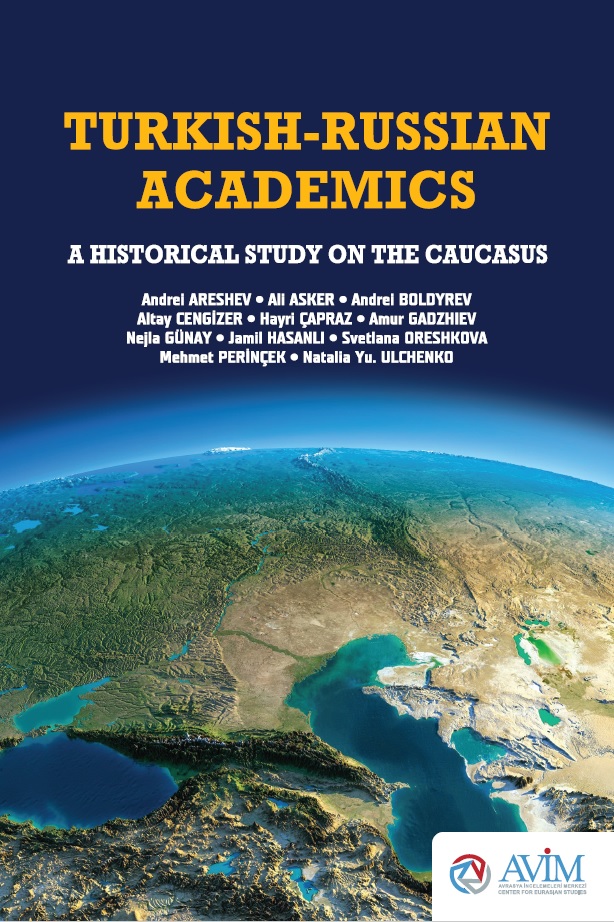
Turkish-Russian Academics: A Historical Study on the Caucasus -
01.07.2016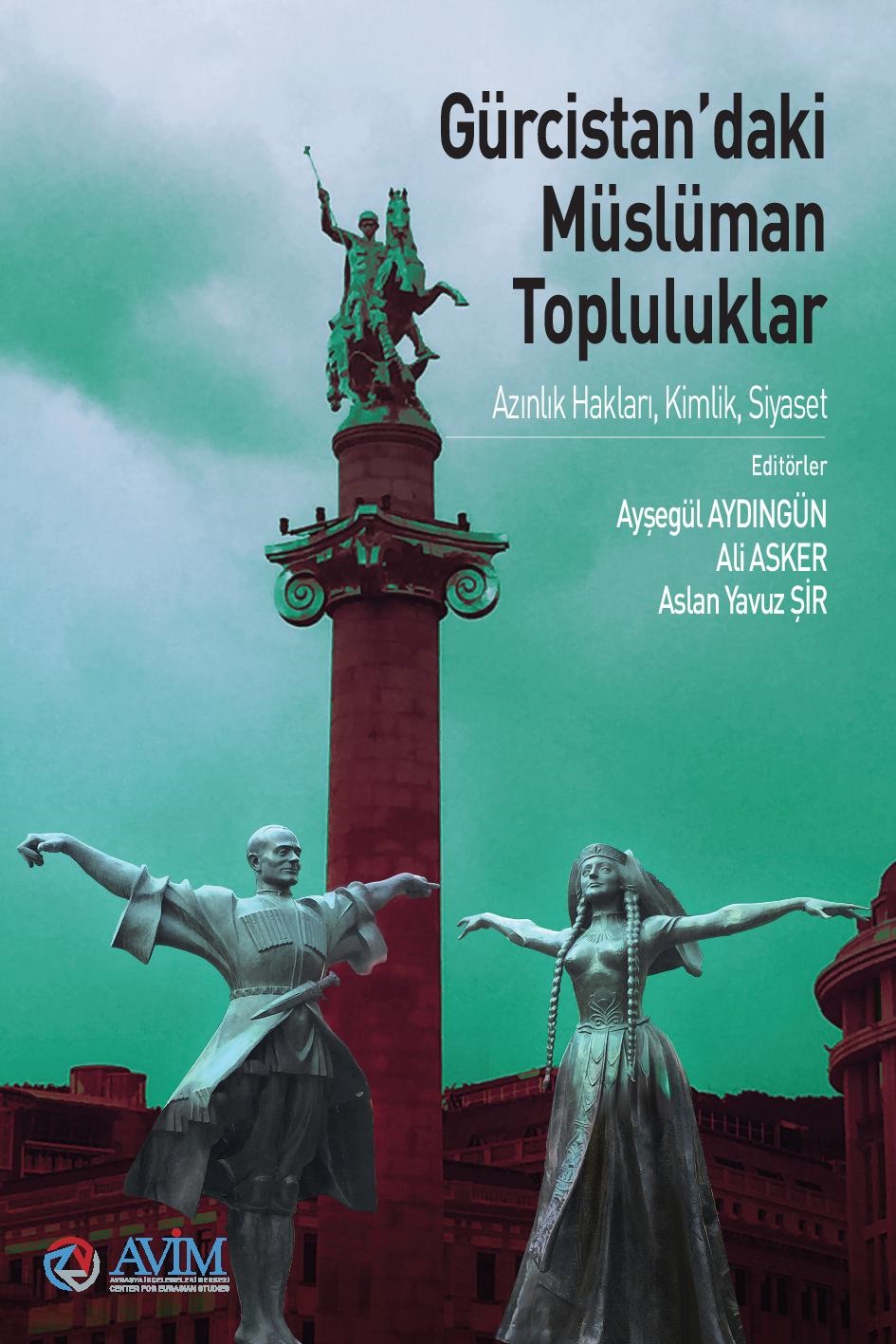
Gürcistan'daki Müslüman Topluluklar: Azınlık Hakları, Kimlik, Siyaset -
10.03.2016
Armenian Diaspora: Diaspora, State and the Imagination of the Republic of Armenia -
24.01.2016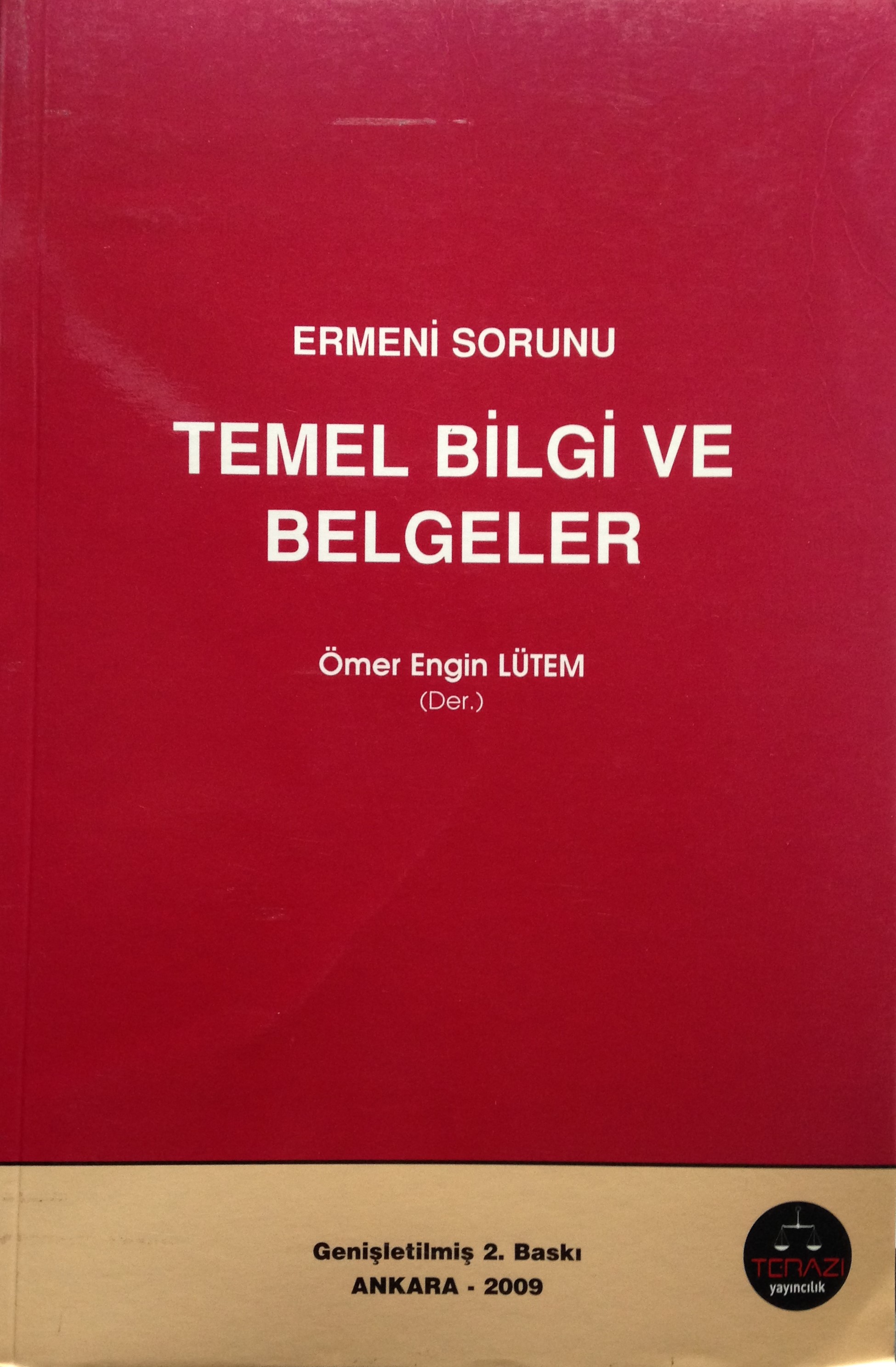
ERMENİ SORUNU - TEMEL BİLGİ VE BELGELER (2. BASKI)
-
AVİM Conference Hall 24.01.2023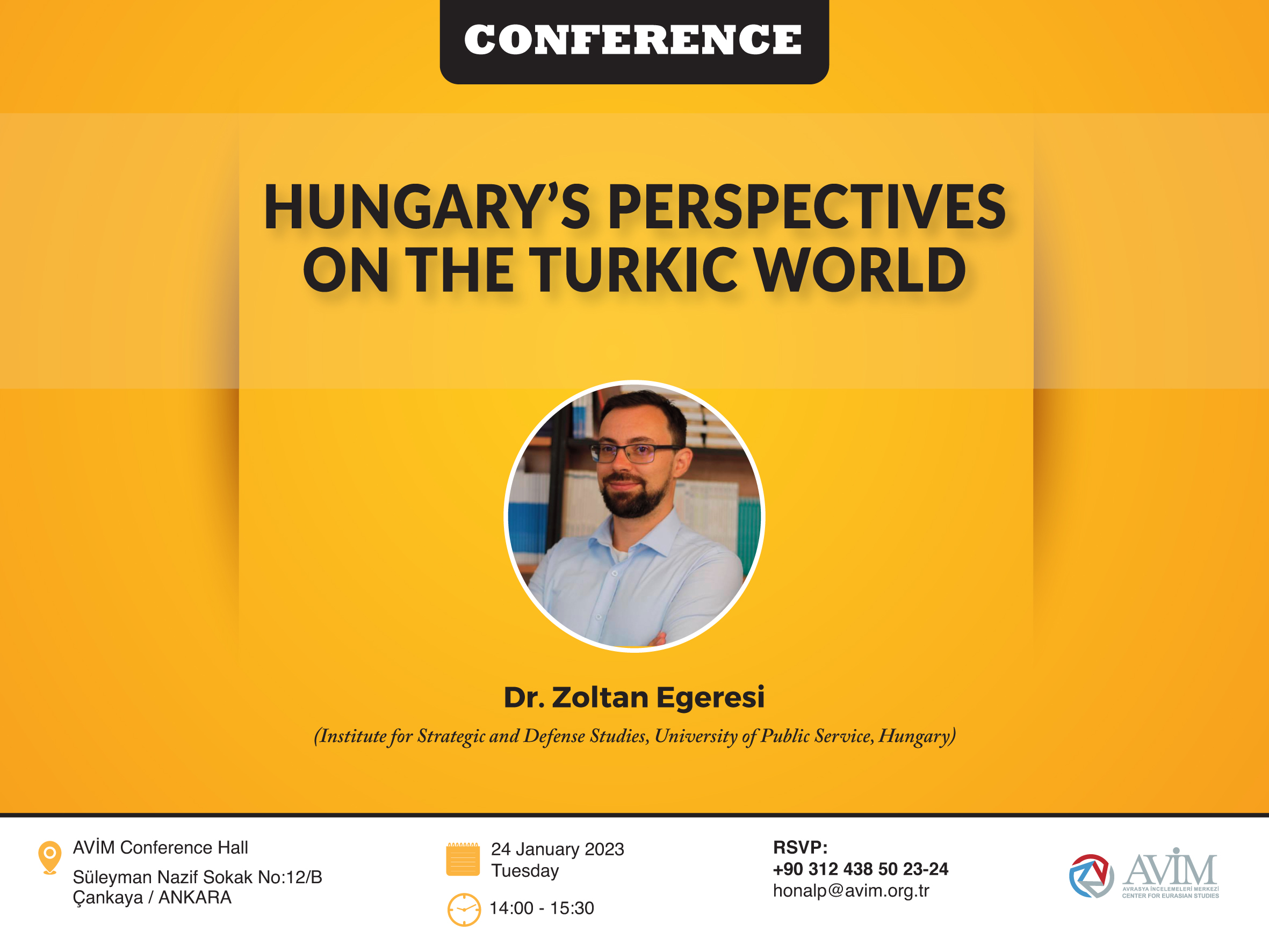
CONFERENCE TITLED “HUNGARY’S PERSPECTIVES ON THE TURKIC WORLD"

